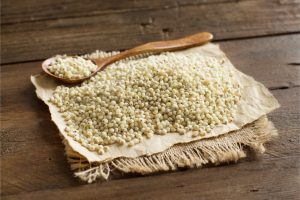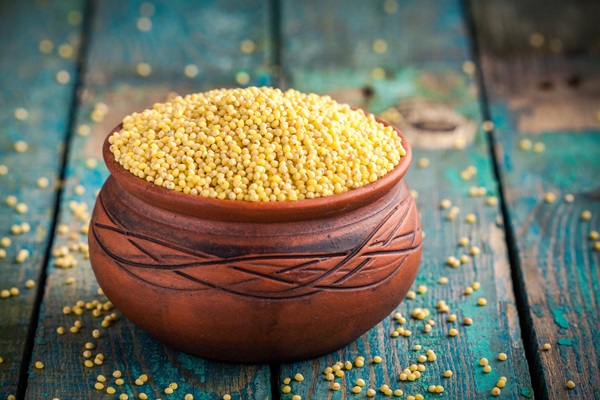From Farm to Plate: Exploring the Millet Revolution in India’s Kitchens
In the bustling kitchens of India, a quiet revolution is underway. Traditional grains like rice and wheat are sharing the spotlight with an ancient yet often overlooked treasure: millets. These tiny grains, once sidelined, are now reclaiming their place on plates across the country, including in the vibrant culinary landscape of Hyderabad and near by regions.
Millet cultivation in India dates back thousands of years, with varieties like foxtail millet, pearl millet, and finger millet being staples in many regional diets. However, with the advent of modern agriculture and the promotion of high-yield crops, millets gradually fell out of favor. But now, they are making a remarkable comeback, thanks to growing awareness of their numerous health benefits and their suitability for sustainable farming practices.
So, what exactly makes millets so special? For starters, they are incredibly nutritious. Packed with protein, fiber, vitamins, and minerals, millets offer a powerhouse of nutrients essential for maintaining good health. From supporting digestion to boosting immunity, these grains are a wholesome addition to any diet.
 One of the key reasons behind the millet resurgence is their adaptability to diverse climatic conditions. Unlike water-intensive crops like rice, millets are hardy and require minimal water and resources to grow. This makes them well-suited for cultivation in regions facing water scarcity, such as parts of India. By promoting millet cultivation, farmers can not only improve their own livelihoods but also contribute to sustainable agricultural practices.
One of the key reasons behind the millet resurgence is their adaptability to diverse climatic conditions. Unlike water-intensive crops like rice, millets are hardy and require minimal water and resources to grow. This makes them well-suited for cultivation in regions facing water scarcity, such as parts of India. By promoting millet cultivation, farmers can not only improve their own livelihoods but also contribute to sustainable agricultural practices.
In southern part of India, known for its rich culinary heritage, millets are finding their way into traditional dishes as well as modern recipes. From fluffy idlis made with finger millet flour to savory pongal cooked with pearl millet, there’s no shortage of creative ways to incorporate millets into everyday meals. Restaurants and home cooks alike are embracing these grains for their versatility and health benefits. 
But the millet revolution isn’t just confined to kitchens; it’s also gaining momentum on the global stage. With increasing interest in alternative grains and sustainable food choices, millets are garnering attention beyond India’s borders. They are being hailed as a solution to food security challenges and a means to promote biodiversity in agriculture.
As more people become aware of the environmental and health benefits of millets, their popularity is only expected to grow. Across India, the millet revolution is not just about what’s on our plates; it’s about reimagining our relationship with food and the planet. So, the next time you sit down for a meal, consider adding a serving of millets to your plate and join the movement towards a healthier, more sustainable future.
